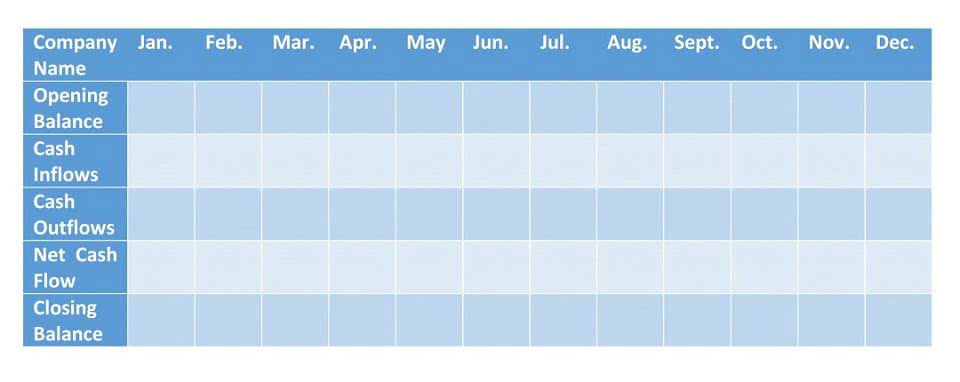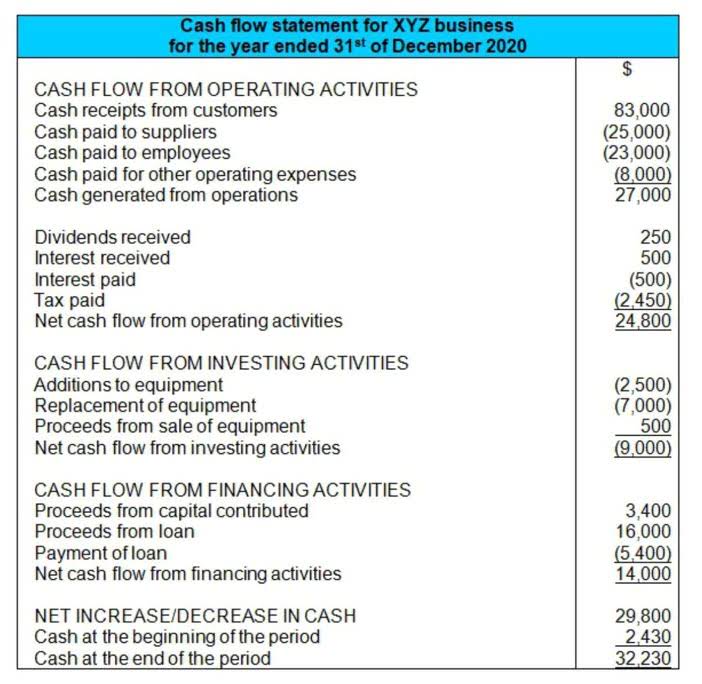Overall, the Statement of Cash Flows is a valuable tool for understanding the cash flow position of a nonprofit organization and assessing its financial health. In the Investing Activities section, the statement shows the cash flow from the organization’s investments in assets such as property, plant, and equipment, as well as investments in other organizations. It provides information about the organization’s capital expenditures and acquisitions. The statement of activities shows the organization’s revenue and support, expenses, and changes in net assets over a period of time.
What are Nonprofit Financial Statements?
Now you know the basics of the five essential financial reports that every nonprofit needs. On your Form 990, the IRS requires you to report your financial information according to different rules than you use for your audited financial statements. It’s probably the most practical financial statement a nonprofit Executive Director or CEO has for making intelligent decisions for their organization. If you or your board come from the for-profit world, it’s okay to call it a Balance Sheet among your team. It is completely ok and acceptable to have multiple versions of your financial reports.
Sample Financial Statements for Nonprofit Organizations
It is prepared https://nerdbot.com/2025/06/10/the-key-benefits-of-accounting-services-for-nonprofit-organizations/ at the end of the accounting year after preparing the Income and Expenditure Account. Both our templates for an organizational chart for nonprofit organizations and board structure chart are in PowerPoint and show a hierarchy. The main difference is that one is designed from a nonprofit Board of Directors perspective and the other is an organizational chart structure for a nonprofit. These resources are crafted to save you time, reduce administrative burdens, and help you focus on what truly matters—advancing your mission and serving your community.
The bottom line on nonprofit financial statements
It gives you a snapshot of a nonprofit’s financial health at a point in time by displaying what the organization owns (assets), what it owes to others (liabilities), and its value (net assets). A balance sheet or statement of financial position gives board members, donors, and foundations a clear view of your organization’s available cash and where you are as compared to past years. If your organization uses cash-based accounting, nonprofit balance sheets may not provide an accurate snapshot. Nonprofit balance sheets list your organization’s assets, liabilities, and net assets. Nonprofits must provide this information when filing Form 1023 to apply for 501c3 tax exemption with the Internal Revenue Service (IRS). Your size, your activities, and your funding sources will all determine which reports you need to run your business effectively.
What insights can nonprofits get from a balance sheet?
Tyler places great emphasis on meticulous attention to detail in financial record-keeping, implementing efficient systems to ensure transparency and streamline operations. If your organization uses an accrual method accounting practice, nonprofit balance sheets are more accurate. Funds are related to the day of the event instead of when funds actually arrive. The Statement of Cash Flows shows the cash inflows and outflows from operating, investing, and financing activities of a nonprofit organization over a specific period. It helps assess the organization’s cash flow and its ability accounting services for nonprofit organizations to meet its financial obligations.
Donors and stakeholders want to see the management putting their donations to good use and acting as a responsible steward of the organization’s finances. List all assets in order of liquidity, from liquid current assets, such as cash and receivables, to less liquid non-current assets, such as property and equipment. Likewise, liabilities should be separated into current and long-term obligations, clearly distinguishing short-term payables from ongoing financial commitments.
Because if your Net Assets are increasing over time, you know you’re creating value and building a surplus you can use to achieve your future goals. The name is the most significant difference between a Statement of Financial Position and a for-profit Balance sheet. In other words, the value of your organization is the difference between what you own and what you owe.
This template is organized into the typical balance sheet categories and makes it easy to organize your nonprofit’s numbers. Understanding the nuances between these types of funds is what makes nonprofit accounting challenging. It is important to make sure that you are categorizing these properly so that your organization stays compliant.
- The above template is for that purpose and is very easy to understand and implement.
- The content on this website is provided “as is;” no representations are made that the content is error-free.
- The standard reporting procedure is to include end-of-year balances for at least two years so donors can see trends and measure the present moment.
- You’ll discover what information each report includes, how to use it, and additional resources for exploring in more depth.
- In addition to helping your team understand your organization’s financial health and make well-informed decisions, balance sheets also function as stewardship tools.
- This article will show you what you’ll see on the Statement of Financial Position, what you can learn from it, and what your CPA will look for on your Balance Sheet to see just how healthy your business is.
Why is the Balance Sheet Important for Non-profit Organizations?
- If these tasks seem overwhelming, it’s worth considering outsourcing your nonprofit accounting to a professional service like RP Finance.
- The Relay Visa Debit Card is issued by Thread Bank, Member FDIC, pursuant to a license from Visa U.S.A. Inc. and may be used anywhere Visa cards are accepted.
- This information is essential for making informed decisions about investments, loans, and overall business strategies.
- Understanding the nuances between these types of funds is what makes nonprofit accounting challenging.
This makes it very easy for anyone to run through the figures and understand the position of the organisation for the last few years. Also, a comparison can be easily made in terms of percentages for two successive years for easy analysis. This is certainly a good sample to chose in case you are about to do some analysis for your organisation. It is very comprehensive in its format and will also be preferred by external Financial Analysts who may need them for approving the funding from larger businesses/High Networth Individuals. Tickmark, Inc. and its affiliates do not provide legal, tax or accounting advice.














